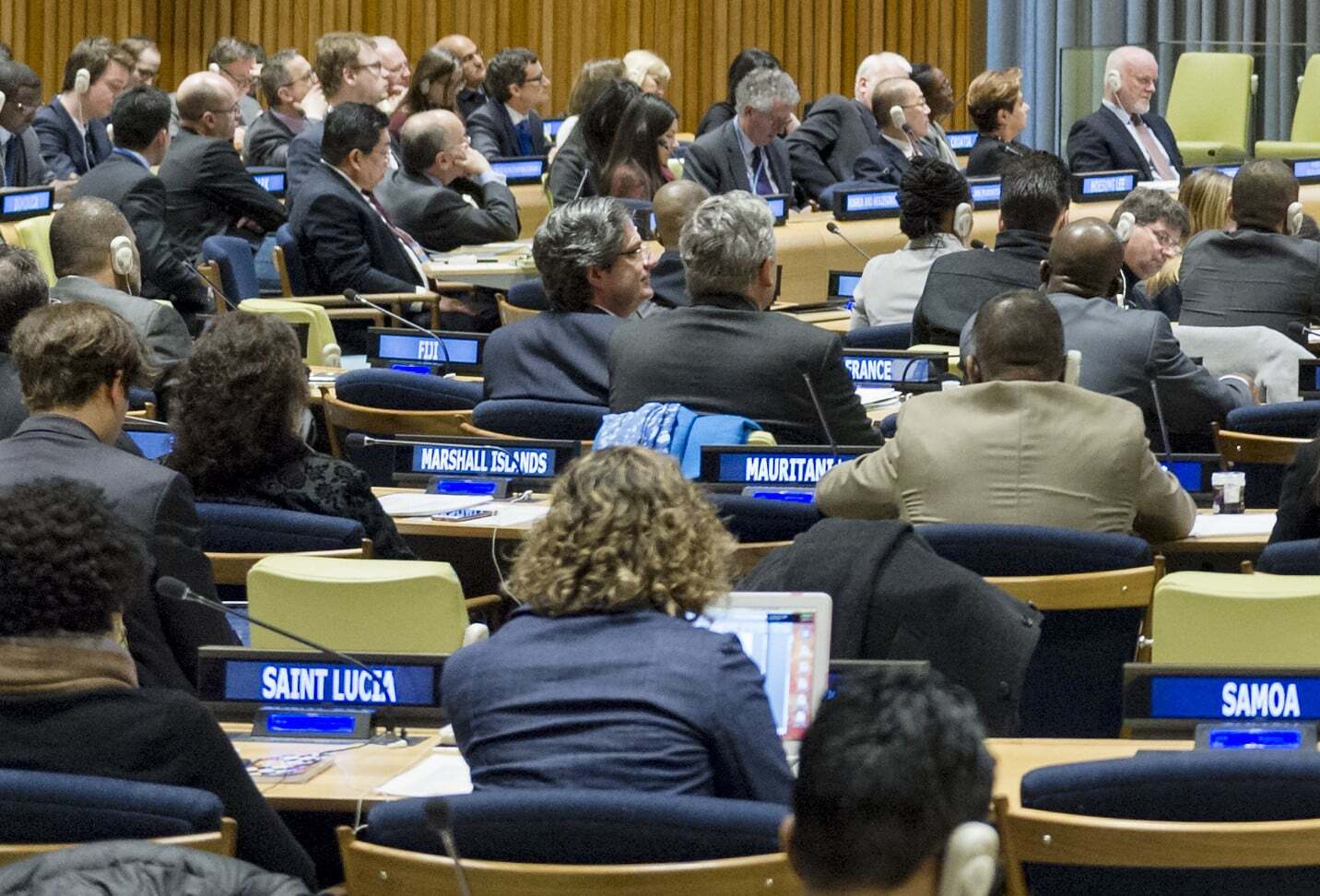Solar Radiation Modification (SRM) describes an array of geoengineering techniques designed to partially block sunlight to mask the heating effect of greenhouse gasses. It does nothing to tackle the root causes of climate change, is inherently unpredictable and risks further destabilizing an already destabilized climate system with more and new extremes. It is neither insurance to ‘buy time’ nor any form of supplement to mitigation. Solar geoengineering is a recipe for disaster that delays climate action and real solutions, and puts our communities and ecosystems at unacceptable risk.
Widely discussed SRM techniques such as stratospheric aerosol injection (SAI) and marine cloud brightening (MCB) carry the further risk of ‘termination shock’ – the sudden spiraling of global temperatures if such injections were, for whatever reason, ever stopped. For SAI this means injections of chemicals into the stratosphere would need to be continued for several decades if not centuries, in effect requiring policy continuity spanning numerous generations – something that is virtually impossible to assure. In addition to severe environmental, social and political risks – which include serious threats to biodiversity and food security – SRM itself poses a clear ‘moral hazard’, risking delays to meaningful climate action that must occur in the near term.
The UN Human Rights Council’s Advisory Committee has warned that geoengineering technologies “could seriously interfere with the enjoyment of human rights for millions and perhaps billions of people”. It has also pointed out the disproportionate impact on Indigenous Peoples, peasants, fisherfolk and others living in rural areas. These same groups have been vocal in rejecting geoengineering as a dangerous distraction that would violate their rights.


